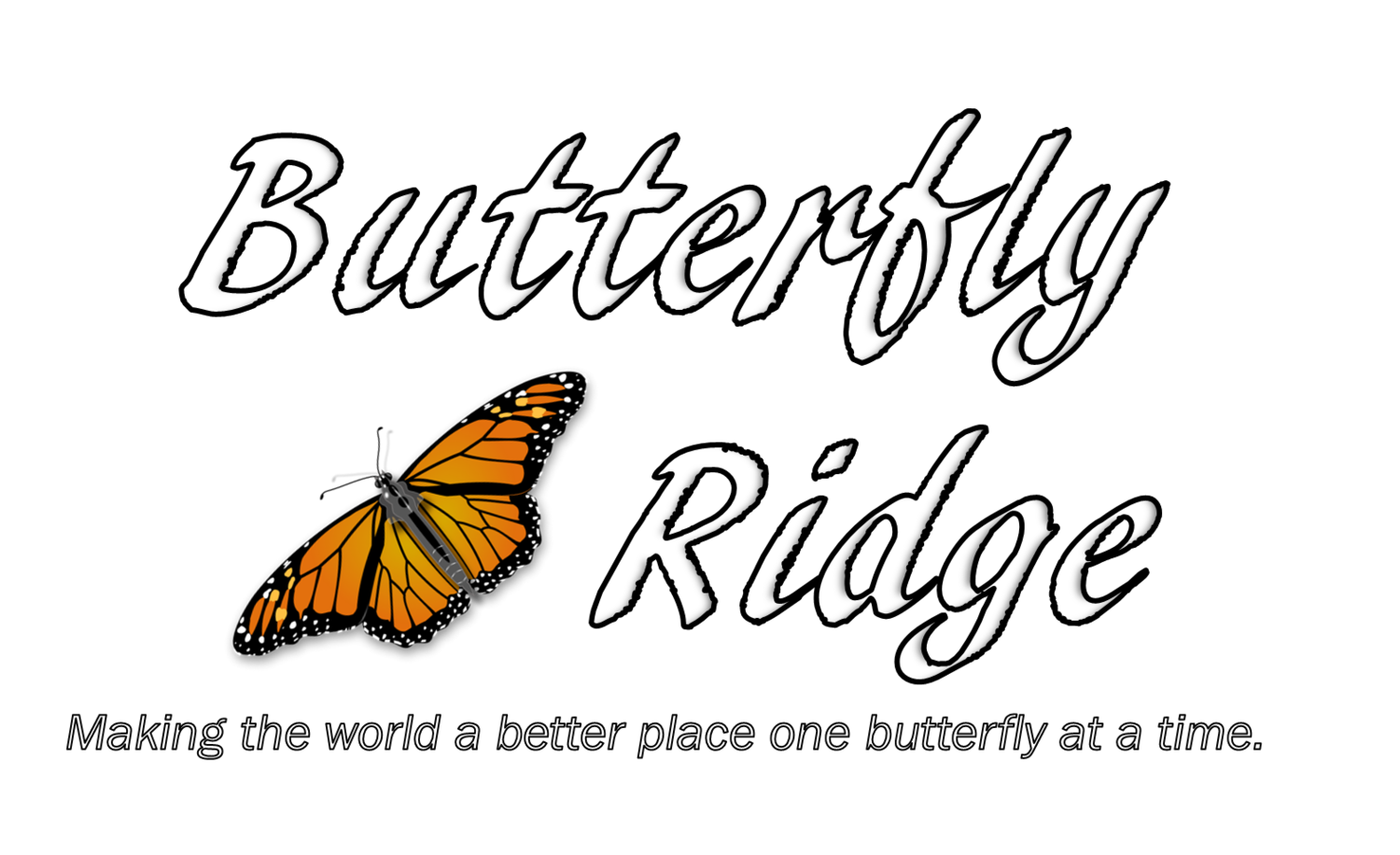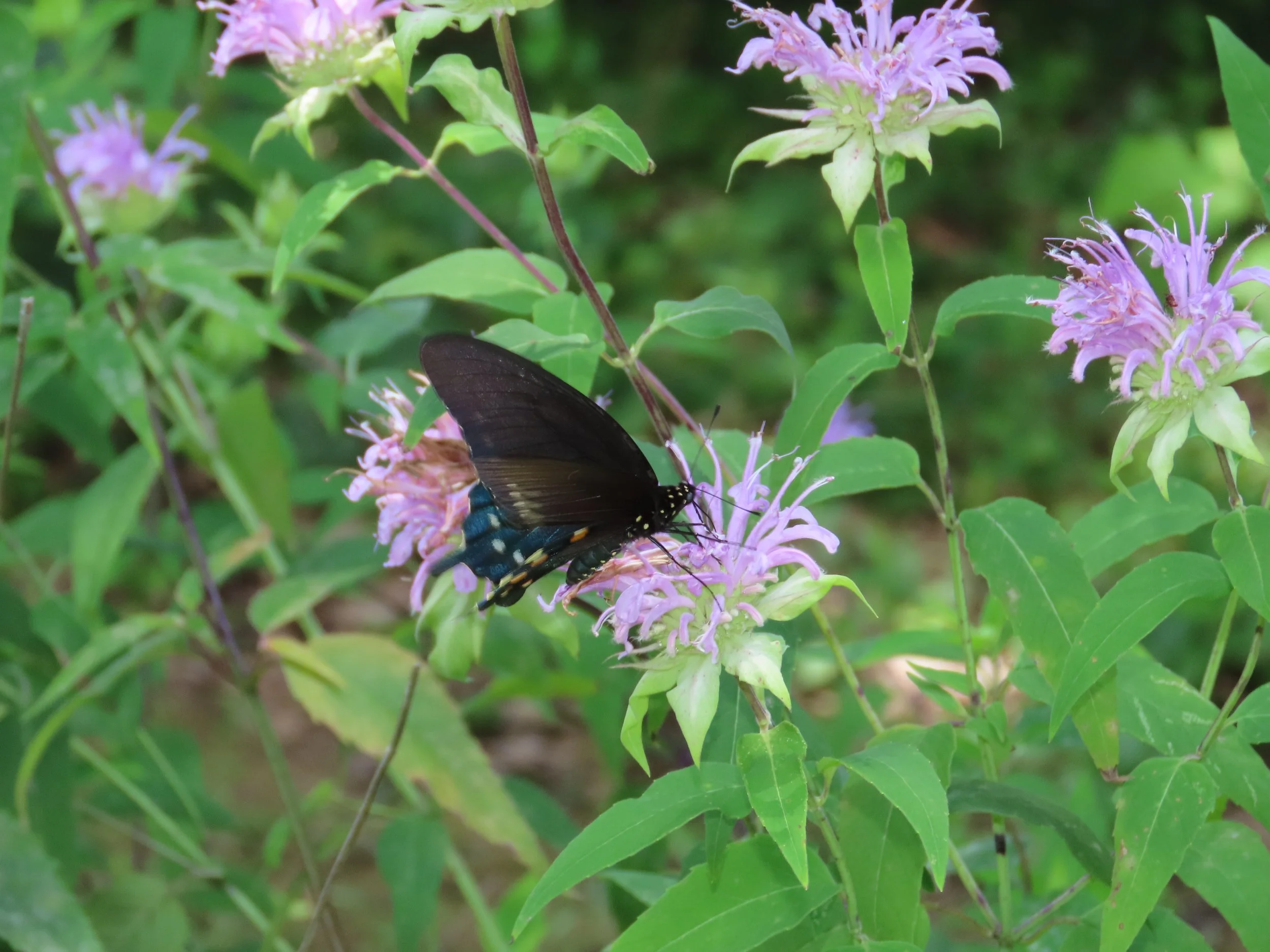Drought of 2024 and Its Impacts
/Its beginning to look a lot like autumn, with leaves turning color and butterfly numbers declining. Of course, the problem is that it is only August.
Tuliptree turning yellow
Red Maple turning red
Yellow buckeye turning Rust? color
To say this has been a hot and dry summer would be perhaps the biggest understatement of the year. The current rainfall total for August at Butterfly Ridge is over 2.5 inches below normal. We have had 20+ days of high 80’s and 90’s for temperatures, just since July 1. Keep in mind, we will be adding at least four more days to that 20+ total by the time August ends. We are nearly four inches behind for the summer precipitation at this point.
What do we expect the impact of this drought to be moving forward? Hard to say. This has already been a very odd year. We had an extremely warm winter. Our driveway was plowed only once the entire winter and that was by the neighbor kid wanting something to do that would be helpful. It probably did not really need it. The results of this warm winter included:
A very robust tick spring.
A very robust yellow jacket summer with these friendly beasties becoming aggressive way earlier in the summer than normal.
A strong butterfly population in April and May which largely crashed for the summer months.
Everything has been way ahead of schedule this year. I guess it makes sense that fall colors are as well. I am sure the current drought is causing a decrease in butterfly numbers. I also expect late season wildflower bloom will be unimpressive, including asters, bonesets, and even late goldenrods. Those with allergies may be pleased because I would think the ragweeds and warm season grasses will probably have some level of decline in floral robustness. I also suspect wildflower nectar production has taken a hit with the current hot and dry, so the few butterflies that there is will be finding poorer quality food resources.
Honestly, I do not think we will really see the impacts of the current hot and dry until next spring. I suspect butterfly and moth caterpillar mortality will be on the increase due to decreased food availability, which means fewer butterflies and moths in the spring. For the same reason, I suspect large butterflies and moths (swallowtails, giant silk moths, etc) will be conspicuously smaller size in the spring. As example, below is a photo of a Luna Moth from early May, 2023. I used my phone for size comparison. This Luna is barely the size of a credit card. My hunch is that in the spring, sights like this will be common place.
This summer has been a great reminder of the importance of moths as pollinators. Moths are not nearly as sensitive to temperature as butterflies, and while we have noticed a significant decline in the butterfly population this summer, we have not noticed the same in the moth population. Last Saturday night at the Mothing Zone, our Wingstem was very busy with bumble bees and moths.
The fact of the matter is this, we will probably not know the true impact of this summer until next spring. And next summer when you are asking, “Where’s all the butterflies?”, think back to this summer.















